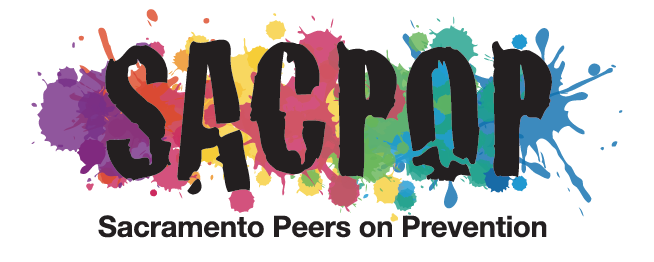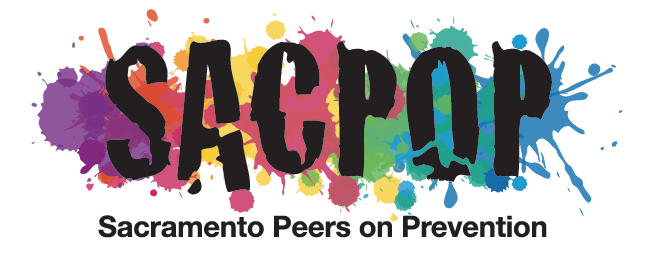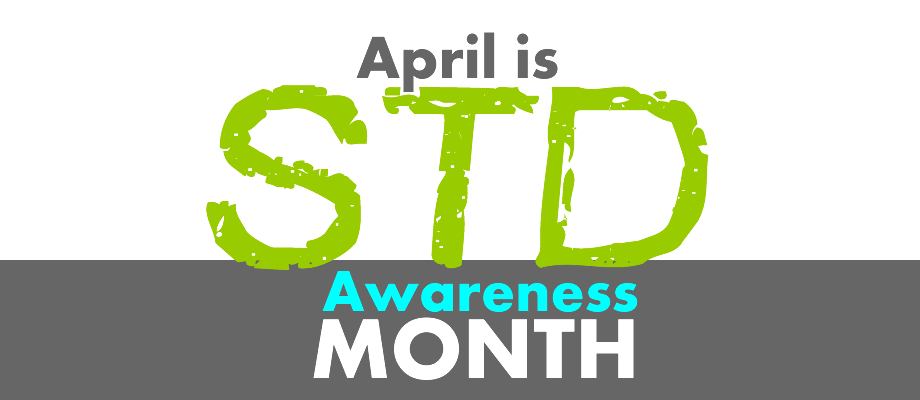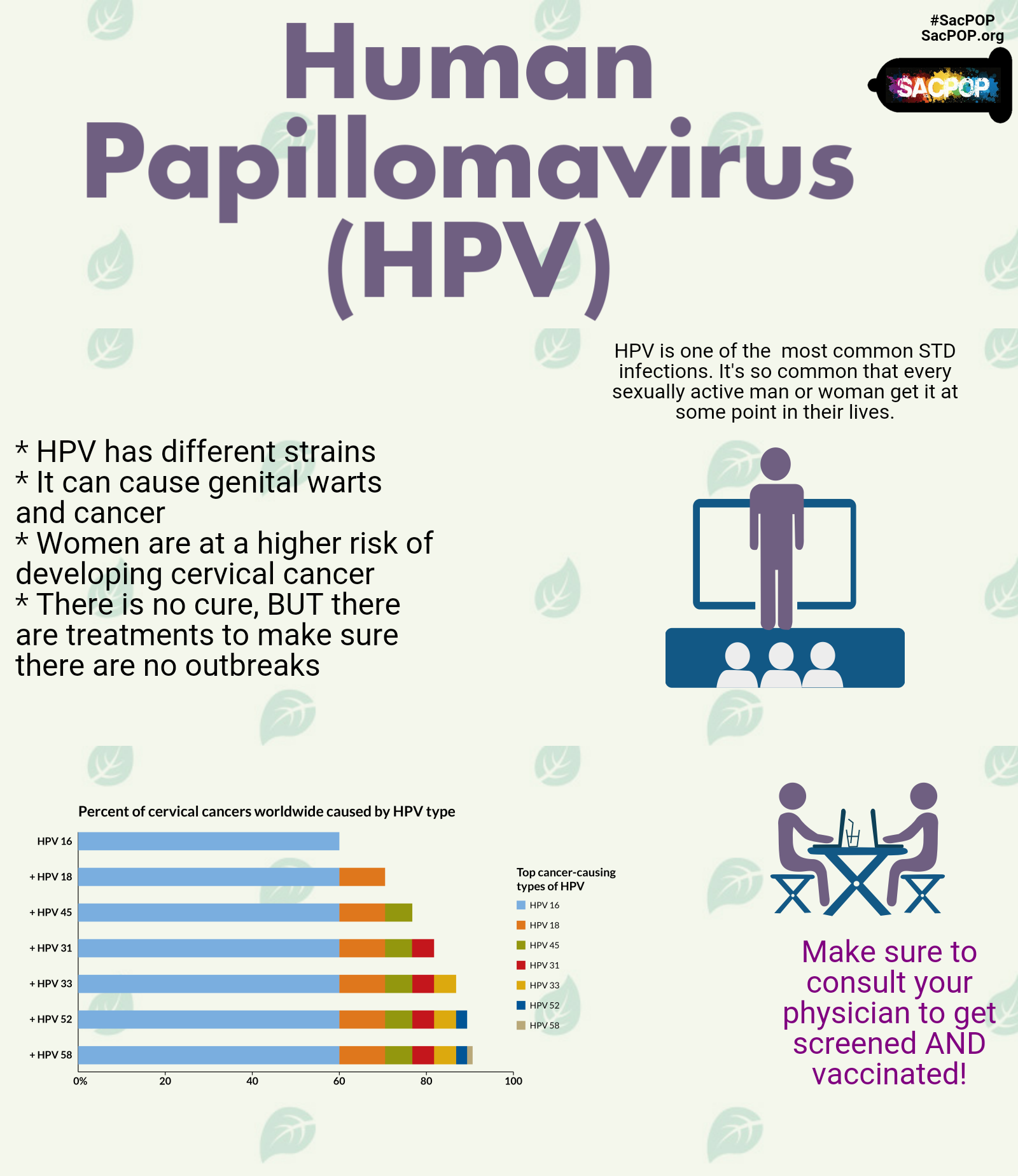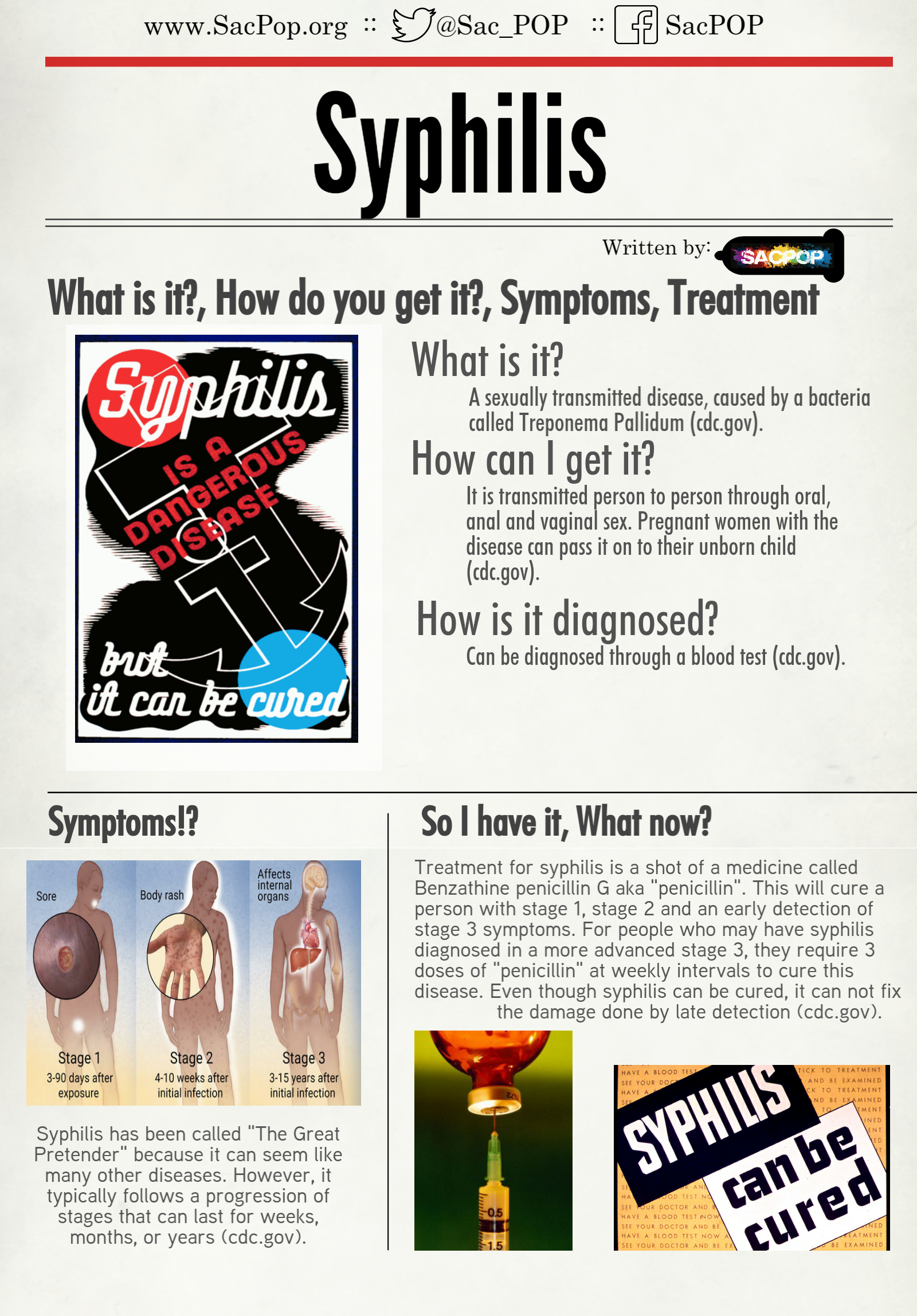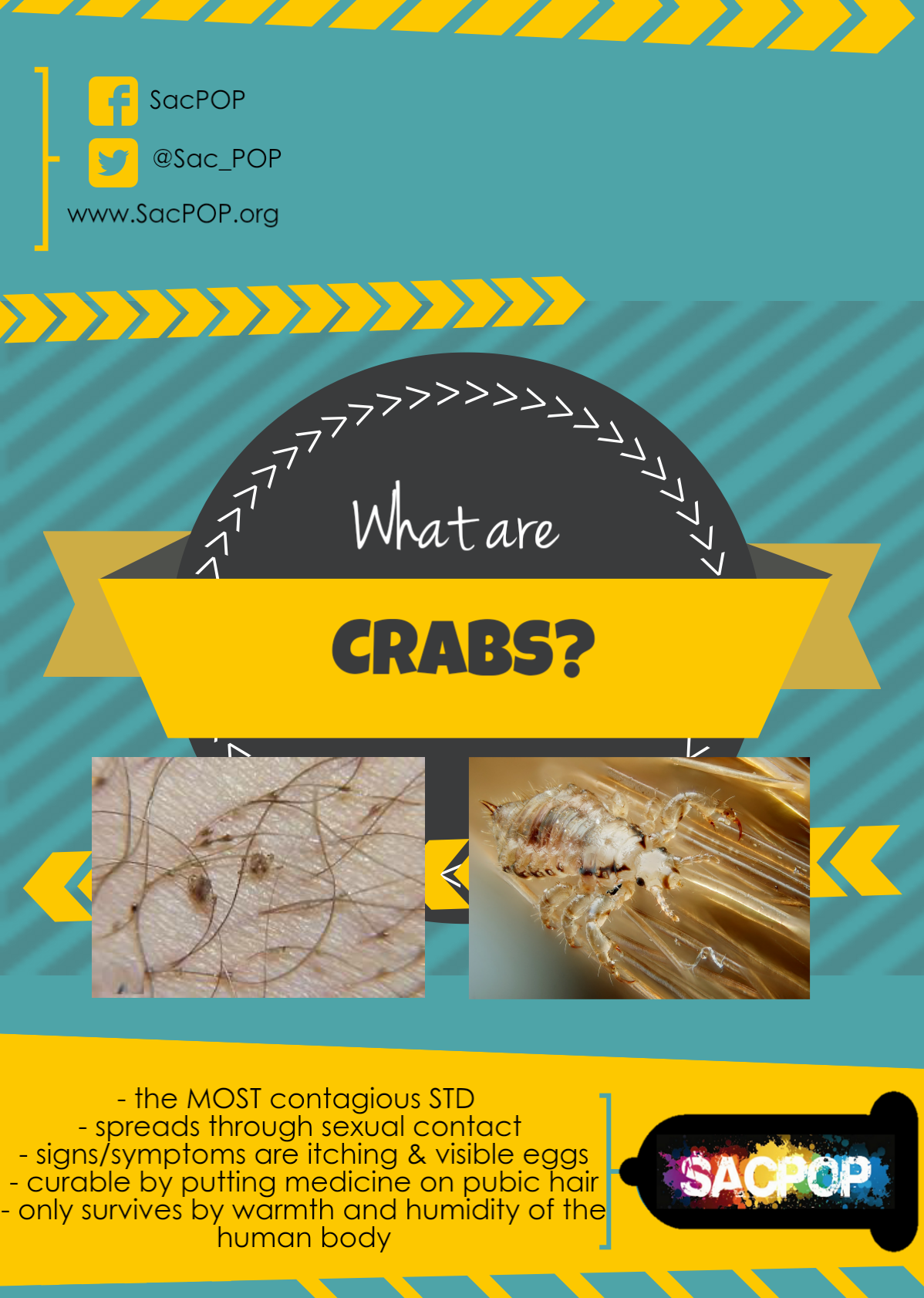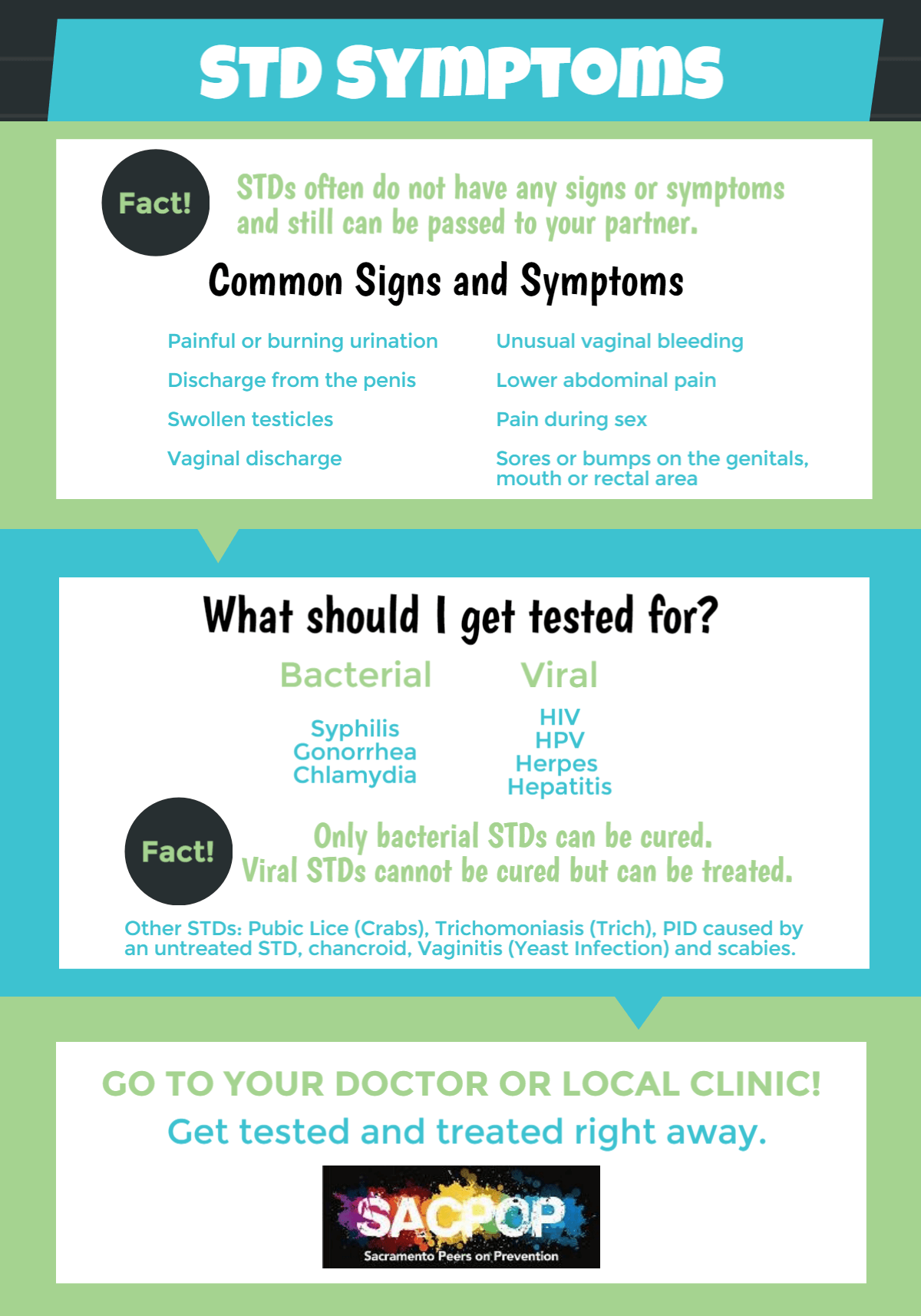April is STD Awareness Month and the propose is to educate people about their possible risks.
First, what is the difference between STD and STI? Both are referring to the same thing but STD stands for sexually transmitted disease. Diseases normally have symptoms; but if you have an infection, that does not mean that you will show symptoms or that you have a disease.
STI stands for sexually transmitted infection because not all infections turn into a disease such as HPV. HPV is known to cause the disease called cervical cancer, but not all women who contract HPV will have cancer. So, it is possible that you could be infected with a STI but it doesn’t necessarily mean a disease will result from it.
We use STD and STI interchangeably all the time but we are still referring to the same things: HIV, chlamydia, gonorrhea, syphilis, etc.
No matter what you call it, you still need protection from it. If you are sexually active, condoms will help protect you. However, some STDs like herpes and warts can be in areas that a condom cannot cover. So if they are not treated, then you can still pass them on through skin contact. Crabs and scabies also cannot be covered by a condom since they can be passed through contact with your partner.
If you suspect that you have a STD, get tested! Do not wait to get treatment either. There are common symptoms like discharge and sores but, for the most part, many STDs do not have symptoms.
Take action to protect yourself and your partner. Here’s a few tips that may help.
